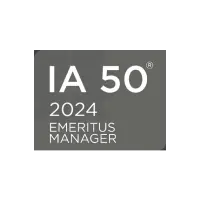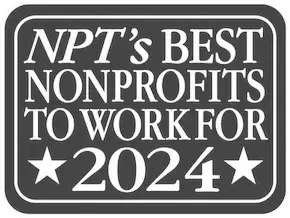Pivoting to Create Opportunity Amidst National Change
Ellis Carr, President and CEO
2016 was marked by change—both for the U.S. and for Capital Impact. Our country witnessed a transition in leadership and with it words and actions that have divided our country. Part of this division included the voices of many who felt the American Dream had passed them by.
Capital Impact also pivoted to ensure our work is relevant and effective for the communities we support. As we embarked on our 2020 vision for communities, we were inspired to create a new mission, vision and values intended to reflect our passion, impatience and relentless pursuit of creating equity, inclusion and cooperation for all.
As seen in our 2016 Annual Report, our new vision was bolstered by another successful year of lending. As Scott Sporte, our Chief Lending Officer, wrote about, we closed $118 million in loans that created new projects to improve undeserved communities nationwide and support access, jobs, and economic growth in urban and rural communities nationwide. Our continued strong financial and social impact was recognized with our AA rating from S&P Global.
Here is how we put our 2020 vision for communities into action:
- We doubled our efforts in research to identify the barriers to opportunity. This allowed us to articulate a point of view poised to raise awareness in a broader audience while developing strategies to address those barriers.
- We developed tools and partnerships for our communities to leverage.
- We also aggregated and deployed capital that we hope will inspire and lead to prosperity.
Here are a few examples of our vision in action:
Research, Point of View, Thought Leadership
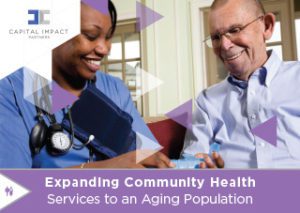
This report highlights findings from our national conversation on how FQHC’s can better serve our aging population.
With the support of the AARP Foundation, we launched a national conversation that focused on how to deliver integrated care to seniors by leveraging Federally Qualified Health Care Centers. Through this effort we convened thought leaders from across the country to collaborate on methods to support the underserved aging population better.
We turned those learnings into reports and an article in the Stanford Social Innovation Review that provided a point of view on the challenges and opportunities to collaborate on this important issue and serve as a call to action for our partners and customers.
Innovation to Support Equity Creation and Wealth Building
Through our Co-op Innovation Award we amplified the innovation efforts of Project Equity and the Democracy at
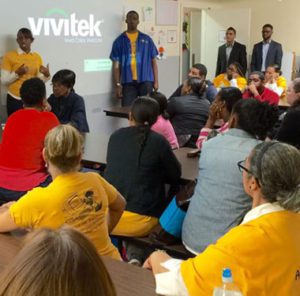
For the second year, our Co-op Innovation Award invested in leadership organizations that are helping build community wealth and create quality jobs.
Work Institute to demonstrate how co-ops can help build community wealth and create quality jobs so families can build a better future. This investment funded two key projects including: 1) a pilot project to assess the viability of utilizing the worker cooperative model as a means to preserve minority-owned businesses where the current owners are reaching retirement age, and 2) the creation of a “Worker Co-op Investor Guide” to educate impact investors, fund managers, and finance professionals about the process of investing in worker ownership and financing conversion buy-outs.
Putting our Capital to Work by Creating Access
By financing projects that provide critical services and opportunities for members of the community, we are helping these forward-thinking developers create a lasting stake in the revitalization of their neighborhoods. You’ll find many of their stories on our website.
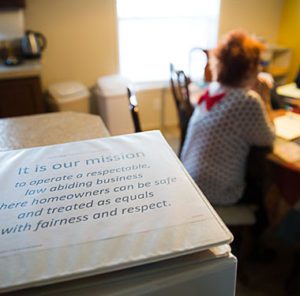
In Mead, Washington, a unique cooperative housing model helped residents save their community.
For example, in Mead, Washington, Debbi Hammond joined with her neighbors to purchase the land their manufactured homes sat on, creating long-term equity for themselves and their families. In the process, they strengthened their community, making it a safer and more pleasurable place to live. Using a unique cooperative model, it was a dedicated group effort that paid off for all involved.
Developers Richard Hosey and Joel Landy used their passion for Detroit as a catalyst to help transform the troubled city. Both men rehabbed historic, abandoned buildings and invested in local businesses. The result: mixed-income neighborhoods that welcome all Detroiters and pave the way for further economic growth. We invite you to hear their voices directly through our audio postcards embedded in our profiles of these two individuals.
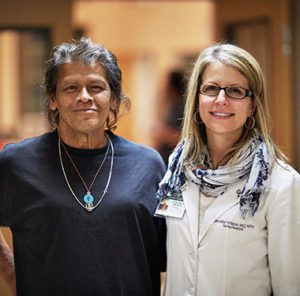
Ole Health’s integrated care system is delivering quality health care to thousands of underserved patients in California’s Napa Valley.
In Northern California, the doctors at Ole Health utilized their integrated care model to transform the life of Jennifer Leach who had been living in a local homeless shelter. Now, thousands of Californians like Jennifer have convenient, quality health care—plus, more importantly, dignity and respect.
Stories like these inspire us all and give us hope that with the right tools and support, folks like Debbie, Richard, Joel and Jennifer will be empowered to improve their lives and those in their communities.
Looking forward to 2017
Across this past year, we have seen the value of our targeted research and planning. I’ve been inspired to see words on a page transformed into tangible action and new programs. Going forward we will continue to develop our point of view across all of our sectors and geographies and broaden the tent of partners who are working with us to build communities of opportunity that break barriers to success.
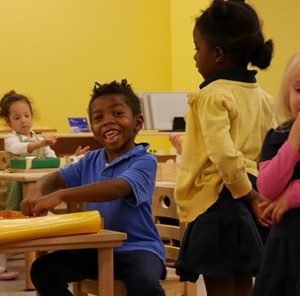
Our goal is to inspire hope and the belief that social and economic justice isn’t a privilege for a select few, but a right for all.
By strengthening our core business and further expanding our footprint, Capital Impact will continue to grow our balance sheet and diversify our capitalization as outlined by our Chief Financial Officer Natalie Gunn.We are proud to continue to create opportunities for individuals and institutions to align their investments with their values.
As the country begins to heal and come together, we will continue to be a bridge to aligning capital and resources to empower. Our goal is to inspire hope and the belief that social and economic justice isn’t a privilege for a select few, but a right for all.
Thank you for your continued support of Capital Impact.
Our 2016 Annual Report [dcwsb inline=”true”]
